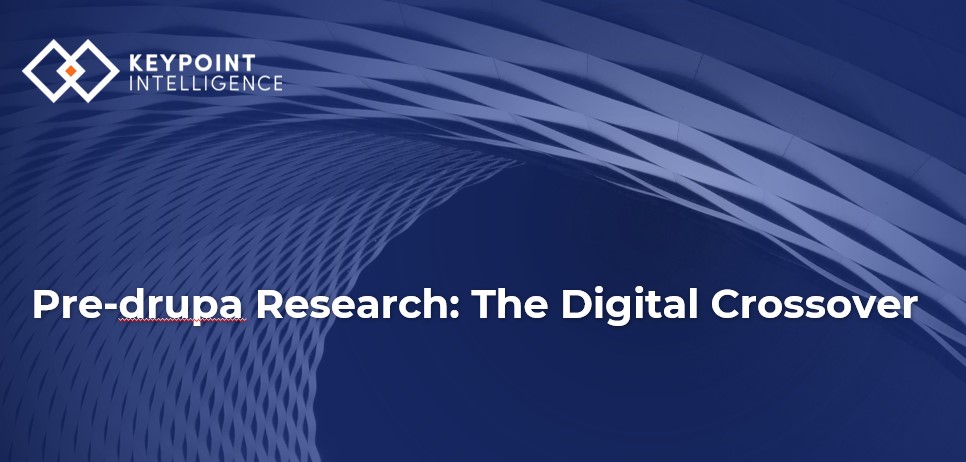7 January 2009
An introduction to the Carbon Reduction Commitment (CRC)
What is the Carbon Reduction Commitment?
The Carbon Reduction Commitment (CRC) is a forthcoming mandatory ‘cap and trade' scheme targeted at large public and private sector energy consumers developed as part of the UK Government's strategy to reduce national carbon emissions and combat global climate change. The CRC is essentially a fiscal instrument designed to incentivise organisations to reduce their carbon emissions. It aims to achieve this through a framework of emissions reporting resulting in either financial rewards or penalties dependent upon an organisation's performance in energy efficiency relative to other participants in the scheme.
To whom does it apply?
The CRC will apply only to those organisations that have both at least 1 half hourly electricity meter and that consumed more than 6,000 megawatt-hours (MWh) of electricity during the qualification year of 2008 (this is approximately equivalent to an annual bill of over £500k depending upon specific rates and charges). The CRC applies at the highest parent organisation level so the electricity consumption threshold for qualification applies to the total sum of electricity consumed together at all sites or subsidiaries under an organisation's control.
What does it involve?
Qualifying organisations will be expected to participate by reporting on their energy consumption from all sources except transport fuels and submit this information to the Environment Agency whom are the administrating body for the CRC. Organisations shall then be required to purchase carbon allowances relating to their reported emissions levels. It is proposed that for the first 3 years of the scheme (the introductory phase) these carbon allowances will be set at a fixed price (proposed at £12/unit) after which an auction-based system will be utilised so that carbon allowance prices may be set naturally by market forces. The total annual payment required from participating organisations will therefore vary depending upon the volume of carbon allowances each organisation is required to purchase and the unit price of the allowances as set by the auction system. The initial carbon allowance price and other relative metrics are to be confirmed at the Government consultation in February 2009 after which further guidance will be provided by the BPIF on how to calculate the cost to your business.
What happens to the money raised?
The CRC scheme is designed to be revenue neutral with all money generated through the scheme being recycled back to the participating organisations through an annual payment. However, individual organisations will receive either a financial bonus or penalty depending upon their position in the CRC league table that ranks the participating organisations based upon their relative annual performance in carbon emissions reduction. It is proposed that the payments made to the scheme by participating organisations for purchasing carbon allowances will be made at the start of the financial year with the annual payments back to participants (including bonuses or penalties) occurring within the same financial year. This provision is intended to ease accounting issues for participants however one should note the potential for cash-flow problems that could still potentially arise from the currently proposed mechanism. Full details on the CRC league table, qualification and quantification of bonuses and penalties, and the payment schedules will all be made available in detail after the Government consultation in February 2009.
When does it start?
The Government will be consulting on the CRC regulations in February this year and following this the draft regulations and consultation document will be made public. An official user guide will also be published at this time detailing what organisations must do to assess whether they qualify for the scheme and to guide those that do through the consultation process.
Are there any exemptions?
Emissions already covered under Climate Change Agreements (CCAs) and the EU Emissions Trading Scheme (EUETS) will not be covered by the CRC. Also, any subsidiary organisation with more than 25% of their energy use covered by a CCA will be completely exempt from the scheme; however, the rest of the organisation may still qualify.
Climate Change Agreements (CCAs) can therefore benefit qualifying businesses twofold through obtaining a potential discount of up to 80% on Climate Change Levy charges as well as exempting the associated emissions from the CRC as stated above. The BPIF runs the CCA scheme for the print and packaging sector so please find out how you could benefit by contacting Steve Walker at [email protected]
What do I do to find out if my organisation qualifies?
The Environment Agency will contact all UK billing addresses with half-hourly meters during summer 2009. If you receive one of these letters, you must provide information on your half-hourly electricity consumption in 2008 and a list of your half-hourly meters to determine whether you must participate in CRC. Your energy suppliers will be able to assist in helping you provide this information.
Further information
The BPIF will provide further updates and guidance on this subject following the Government consultation in February 2009.
For further information please visit:
http://www.defra.gov.uk/environment/climatechange/uk/business/crc/index.htm
http://www.carbontrust.co.uk/climatechange/policy/CRC.htm
 Keypoint Intelligence launch pre-drupa reseach study
Keypoint Intelligence launch pre-drupa reseach study
26 February 2024
BPIF Associate member Keypoint Intelligence are conducting some industry research in the run-up to drupa. Can you spare a few minutes to get involved?
 Intergraf Economic News (Paper Prices) - March 2024
Intergraf Economic News (Paper Prices) - March 2024
18 March 2024
Access the latest edition of the Economic Newsletter for the European Printing Industry for data on paper consumption, and pricing data for pulp, paper and recovered paper. Data for packaging papers and board is also available with this edition.
The BPIF is the printing industries champion. By becoming a member you join a diverse and influential community. We help you solve business problems, connect you to new customers and suppliers and make your voice heard in government.
Call 01676 526030









